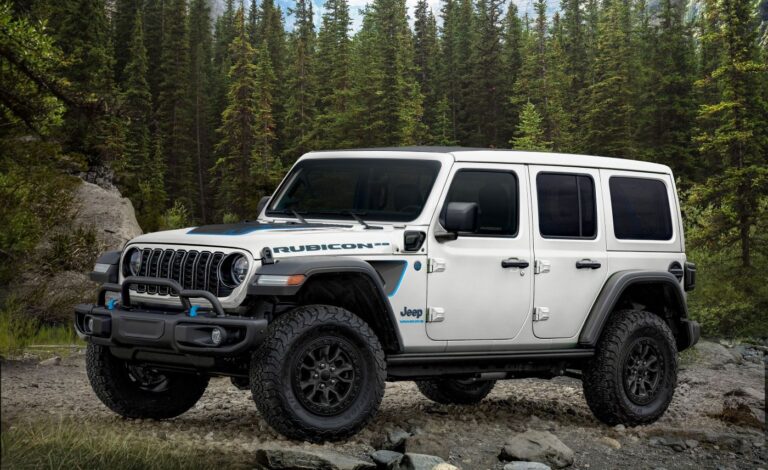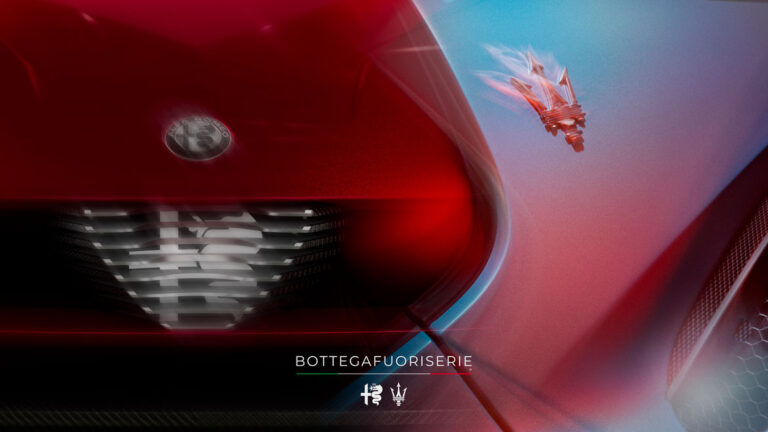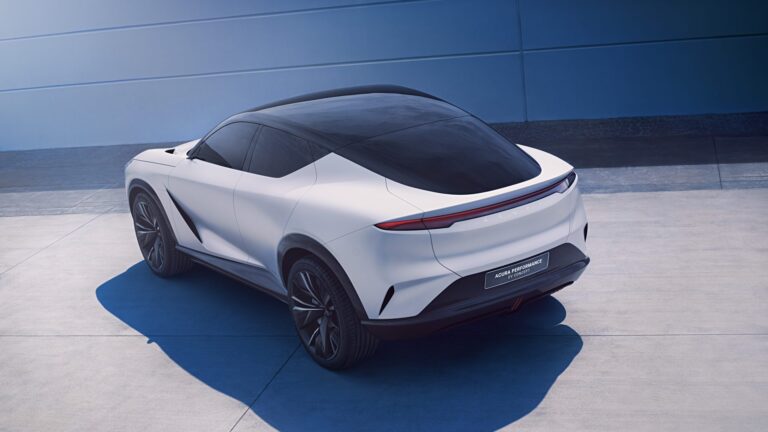It’s easy to mistake the all-new Hyundai Santa Fe for the brand’s flagship SUV, given its bold new design and luxurious interior. The 2024 Santa Fe Hybrid Calligraphy trim, priced just over $50,000 when fully equipped, offers an attractive option for buyers seeking a more compact yet efficient three-row SUV. However, despite its many positives, a few drawbacks surfaced during our testing.
A Show-Stopping Interior
The interior of the Santa Fe Hybrid Calligraphy is where Hyundai’s design truly shines. Premium materials such as soft-touch surfaces, textured wood trim, and Nappa leather upholstery create an upscale ambiance.
A user-friendly, oversized screen anchors the dashboard, and ambient lighting accentuates the cabin’s sophisticated aesthetic. Long drives are made more enjoyable by the exceptionally comfortable seats, which impressed even after hours of use.

Compared to the refreshed 2024 Kia Sorento, the Santa Fe Calligraphy boasts superior material quality and a more intuitive layout. Smart storage solutions abound, including an extra glovebox above the main one, innovative cargo hooks on the front seatbacks, and a center console accessible from the second row.
The Calligraphy trim includes a wealth of convenience features, such as wireless Apple CarPlay and Android Auto, dual wireless phone charging pads, a head-up display, and over-the-air software updates.
Luxuries like heated first- and second-row seats, reclining captain’s chairs, and a UV-C sanitizer compartment elevate the experience. While a panoramic sunroof is absent, the dual-pane sunroof still provides plenty of natural light.
Not Just for the Front Row
Passengers in the third row aren’t left out. They enjoy comforts such as cupholders, USB ports, climate controls, and even a 115-volt outlet. For families, the protruding lower anchors make securing car seats a breeze, and the third-row space accommodates both toddlers and adults, though taller passengers may find the raised floor hump limiting.
The wide cargo bay behind the third row adds functionality to the limited storage area with the seats up.

Performance: A Tradeoff for Efficiency
The Santa Fe Hybrid’s 1.6-liter turbocharged engine paired with an electric motor delivers a combined 231 horsepower and 271 lb-ft of torque. While this falls short of the gas-powered Santa Fe, which has an additional 46 horsepower and 40 lb-ft of torque, the hybrid prioritizes fuel efficiency over speed.
For everyday driving, the Santa Fe Hybrid feels capable, with smooth merging and passing abilities. Its estimated 35/34 mpg city/highway efficiency is a redeeming factor, far outshining the gas-only model’s 20/28 mpg rating with AWD.
Comfort and Handling
Despite its leisurely acceleration, the Santa Fe Hybrid excels in ride quality. The braking system earned praise for its short pedal travel and smooth stops, with a stopping distance of 124 feet—competitive with its segment rivals.
On curves, the SUV maintained good body control and offered smooth transmission shifts, though it lacked the agility of competitors like the Kia Sorento Hybrid and Subaru Outback.
Advanced Driver Assistance
One of the highlights of the Calligraphy trim is its Highway Driving Assist 2 (HDA2) system, which simplifies long drives and stop-and-go traffic. The system can accelerate, decelerate, and resume driving after extended pauses. It also handles curves and includes lane change assist, although the latter can be finicky to activate.



